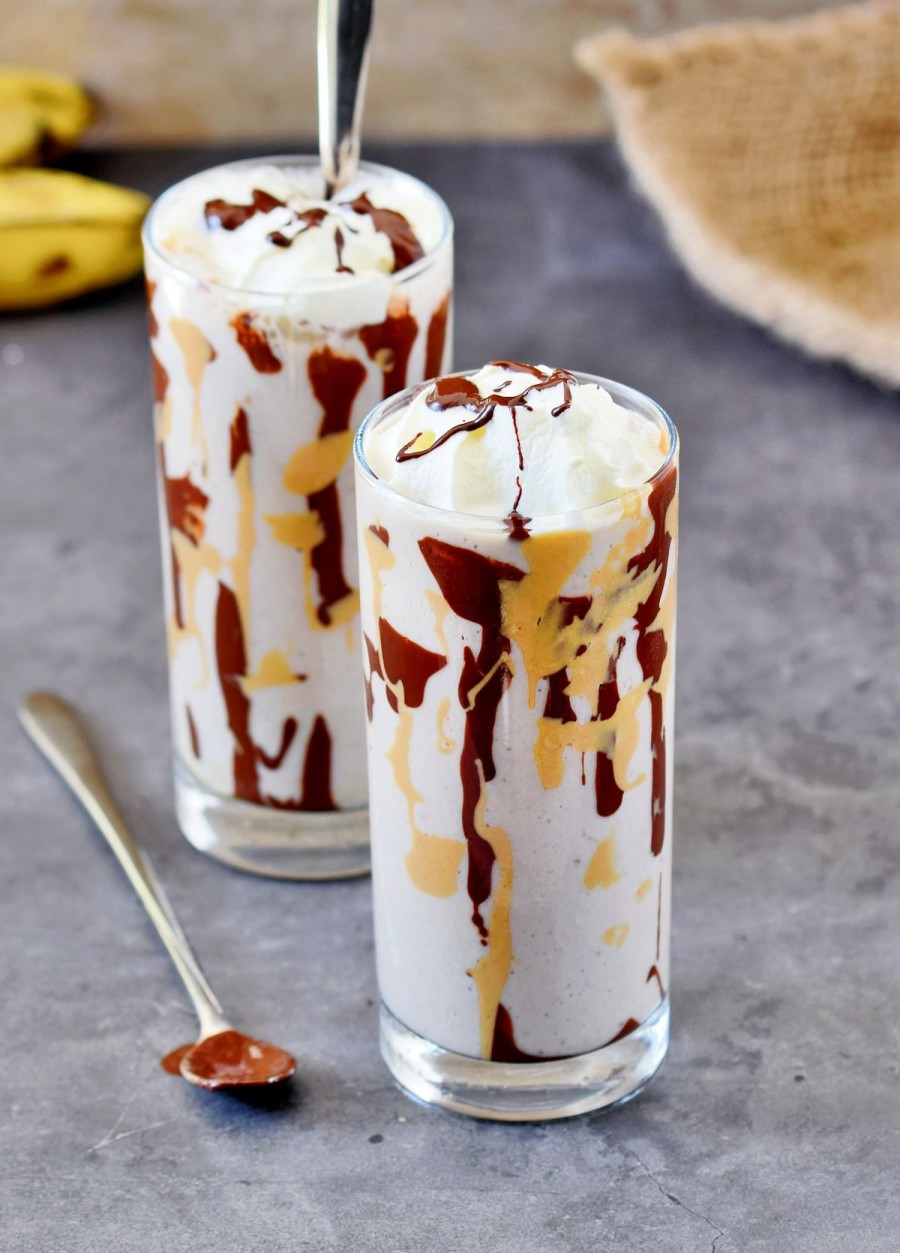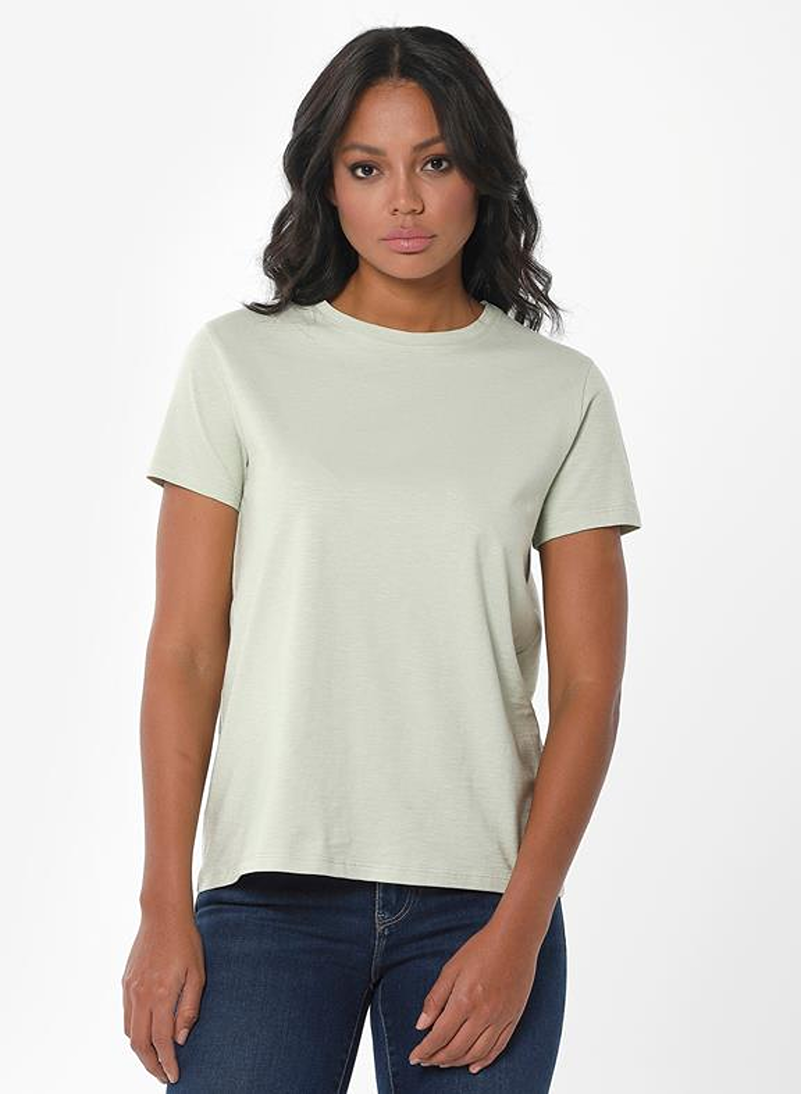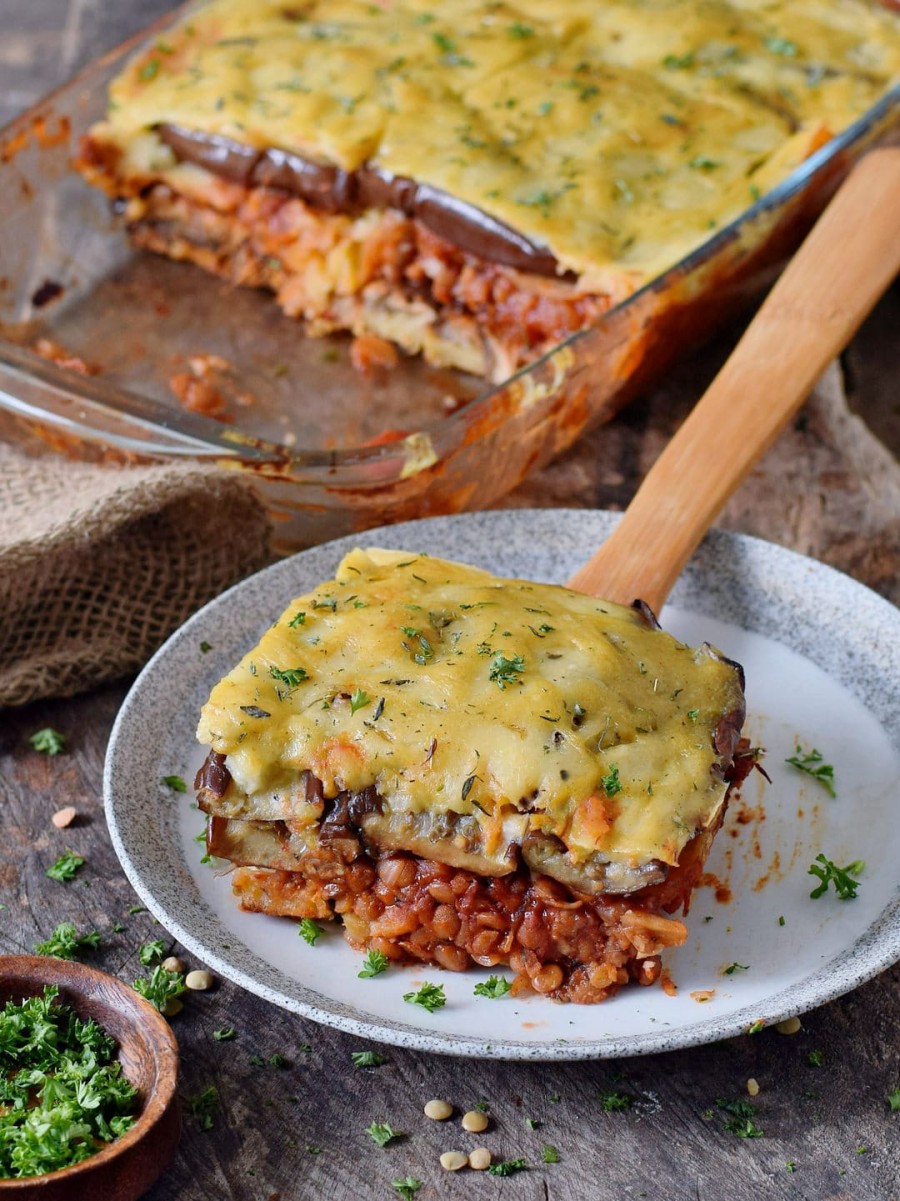Knitting Patterns for Plant-Based Fibres
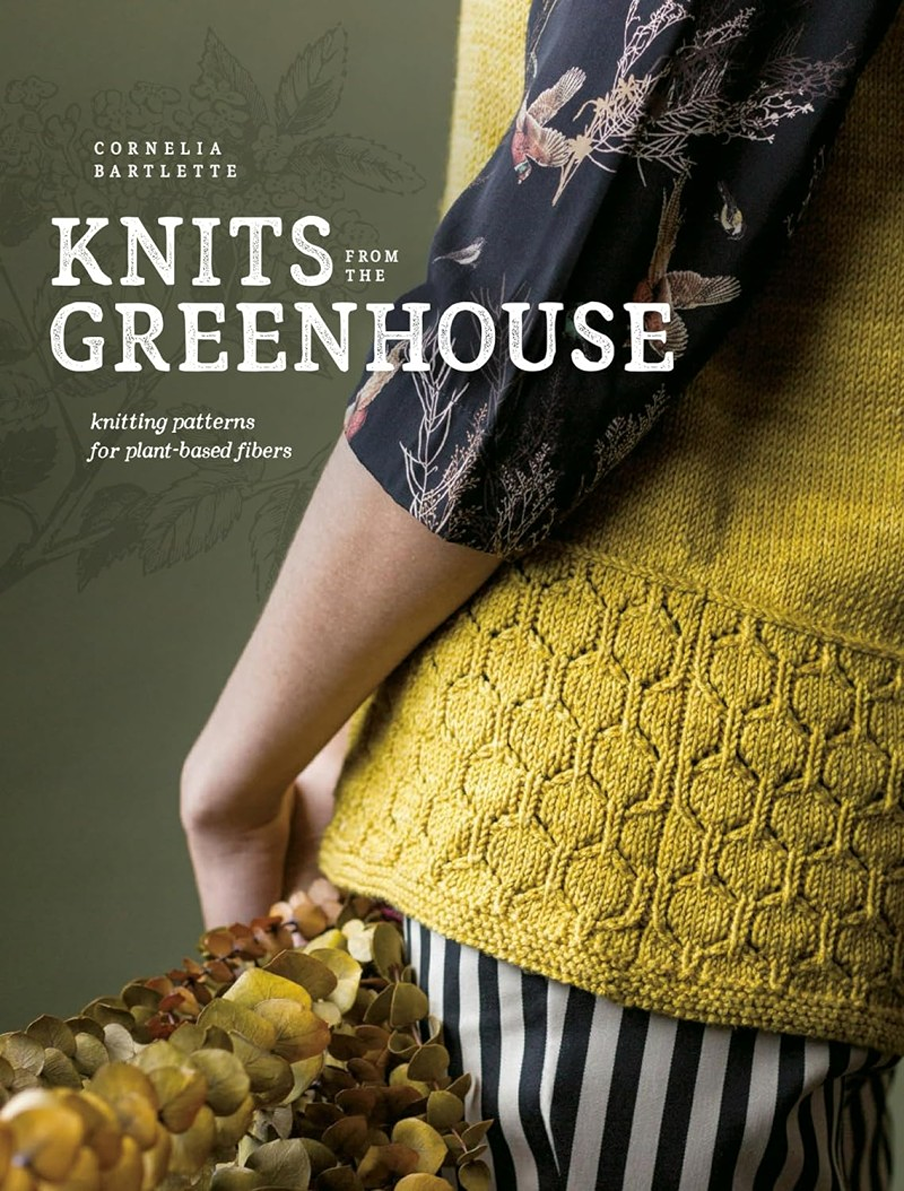
Knits from the Greenhouse is one of the first books to show how to knit clothes and accessories with plant-based knitting yarns. You have to use them slightly differently so this book lets you do that.
The book features 18 projects designed to show off the best properties of plant-based fibres, with helpful tips from designers who work with them. From soil to skein to finished project, enjoy working with plant-based fibres – no green thumb required!
Despite the image often given, keep balls of wool away from cats and kittens, as it’s a choking/tangling hazard.
Use with Bamboo Knitting Needles
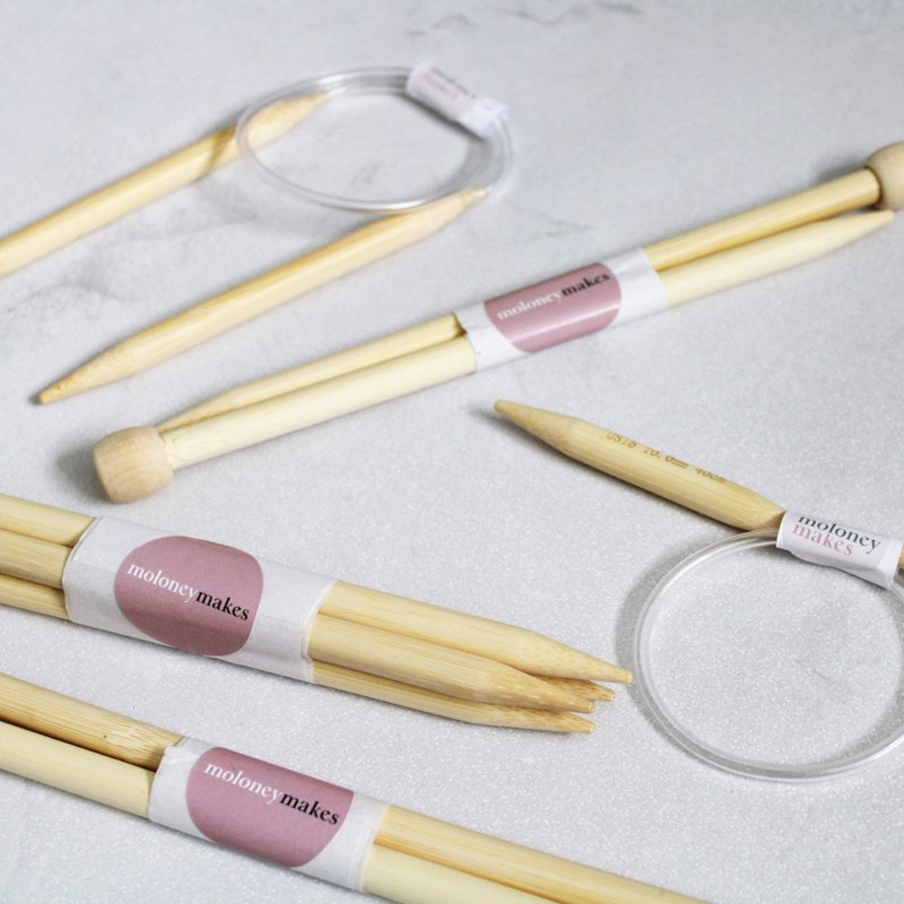
Bamboo knitting needles are warm to touch (over metal) and good for arthritic hands as they are easier to hold, and offer better control of stitches.
Why Choose Plant-Based Knitting Yarns?
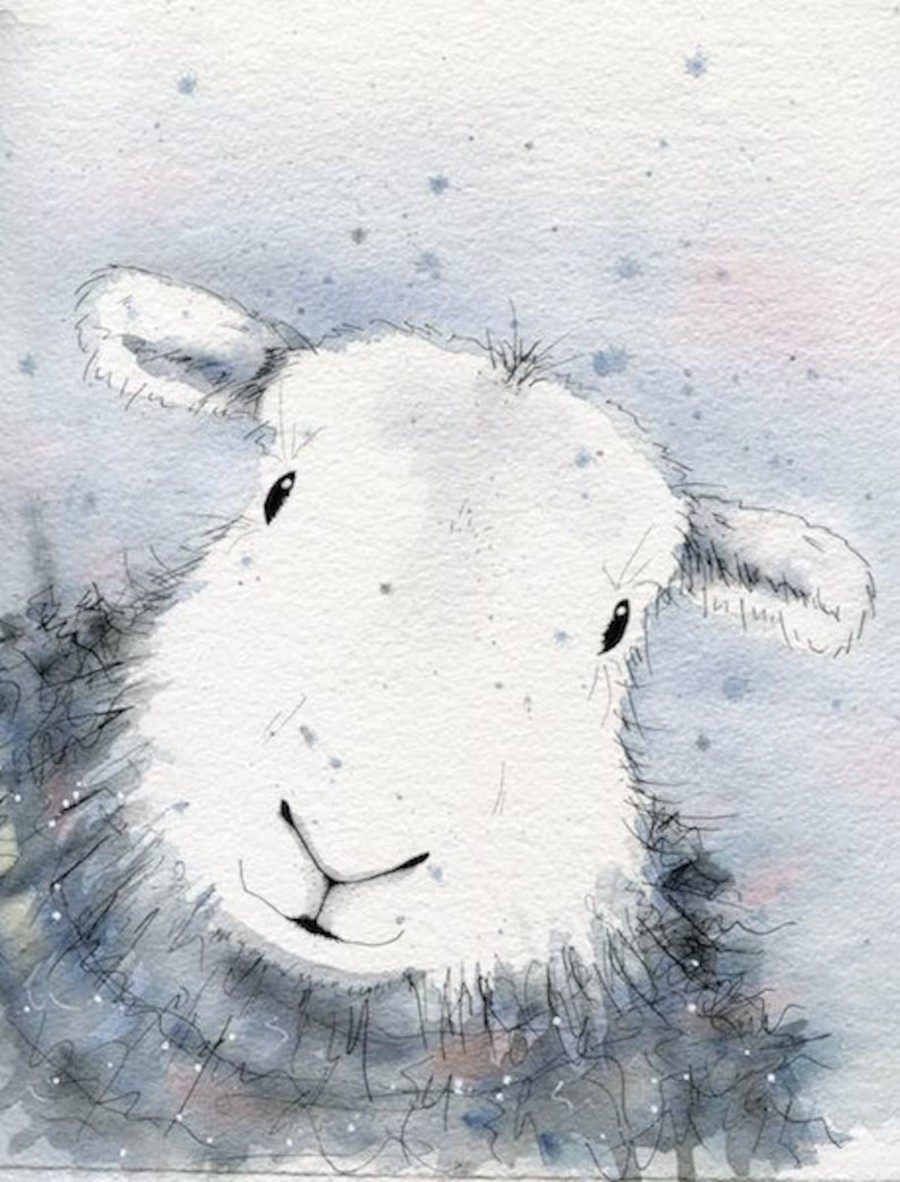
Although sheep do need shearing to avoid over-heating and be able to see predators, the conventional wool industry has many issues.
Some sheep are sheared too early (leading to hypothermia) and others suffer ‘mulesling’ (having chunks of skin sliced away to prevent flystrike, without painkillers). And many sheep are killed, when they get older and their wool production slows down).
If you wear wool, choose companies that don’t kill the sheep, simply shearing the wool: like vegetarian wool or sheepskins.
Pregnant sheep can sometimes roll over onto their backs, and can’t get back upright, and soon die if the farmer is not aware. Some sheep can also fall over, due to wool being waterlogged from rain.
If you see a sheep on its back, just firmly right it back, then stay with it, until rain has drained off, so it won’t happen again. Then inform your local farmer.

